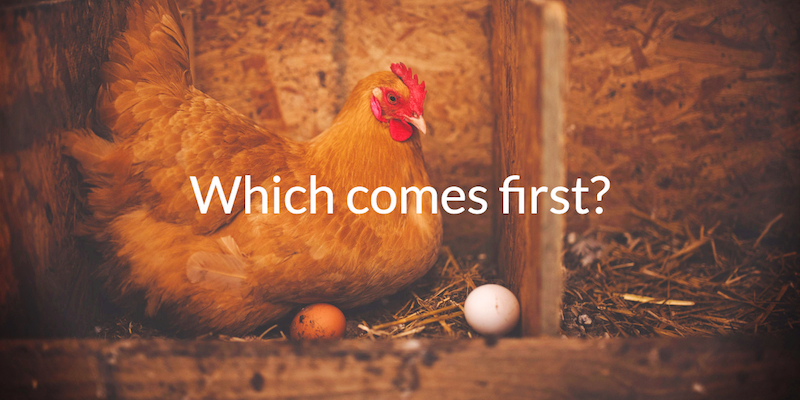Steven Pressfield, author of The War of Art, shares occasional “reports from the trenches” on his weekly writing blog, describing the state of his current writing project.
So I thought I’d try something similar. It may look like I’m cranking out books seamlessly, but most of you see only the finished work, not the process behind it. The reality is less glamorous.
But beware – like watching sausage being made, it’s not always pretty.
The Mid-Draft Course Correction Strikes Again
Right now, I’m hard at work on my next book, with more than 20,000 words of an ugly first draft.
If you have read The Writer’s Process, then you know that I believe in breaking the work into its component parts. So, you can be sure that I’ve done extensive research before creating an outline. Also, I’m writing the first draft without revising and editing as I go. So far, so good.
This process consistently gets me about halfway through the first draft. Then, suddenly, nothing seems quite right.
This is the fourth book I’ve written (or the fifth if you count one I did with two co-authors), and the same thing happens each time. About halfway through the draft, I realize that the outline doesn’t quite work. Something’s wrong with the hook, or the organization, or both.
So I pull it apart and put it back together again.
Why? Why does this happen every time? Am I just really terrible at outlining?
Maybe, but that’s not the whole answer. The real problem is related to the classic philosophical conundrum:
Which comes first – the chicken or the egg?
In my case, it’s this:
Which comes first: Writing the book or understanding the reader?
When Your Outline Is the Egg
My outline is like an egg, holding the key to the finished work. It originates from my understanding of the topic and the reader. And that understanding evolves as I write.
Believe me, I try to think about the audience when I create the first outline. But it’s hard to see past all of the thoughts in my head about the topic.
As I immerse myself in writing, my understanding of the target reader deepens and shifts.
Here’s the thing: I have to commit to writing about a topic to fully immerse myself in the subject and the audience perspective. Having an outline prompts that kind of writing.
The outline begets the writing, which begets the outline.
Understanding My Process
When experienced, this mid-draft course correction feels painful. I interrupt the drafting to spend days agonizing over the book’s purpose and structure, questioning myself, and then shoving the work done so far into the new structure. Some things fall by the wayside, and the “to be written” list grows. At the end, I still have only half a draft – and an ugly one at that.
Having done this a few times, I no longer panic.
It’s comforting to realize that this is, in fact, part of my messy but functional process. It’s simply the way that I write books. That perspective gives me confidence that I’ll get through it, that this is my “normal” and not a sign of deficiency.
This perspective is precious. That’s one reason I write so much about process – if nothing else, understanding your own writing process can bring a sense of comfort when things seem to fall apart.
Related posts
How Much Research Should You Do?
